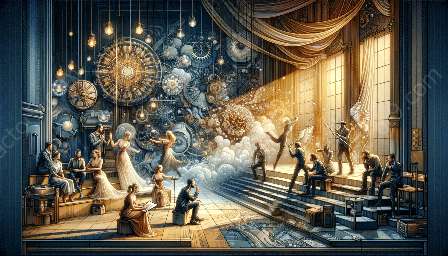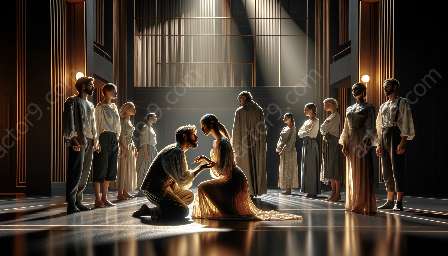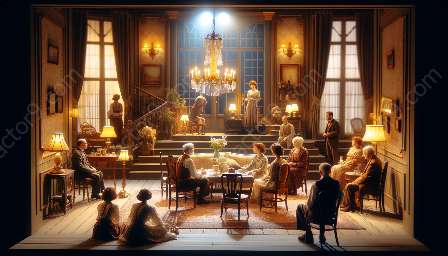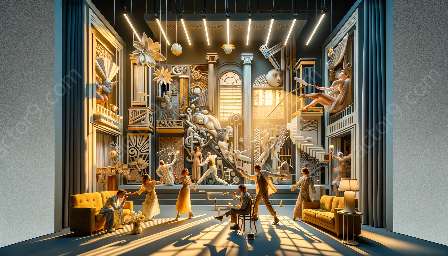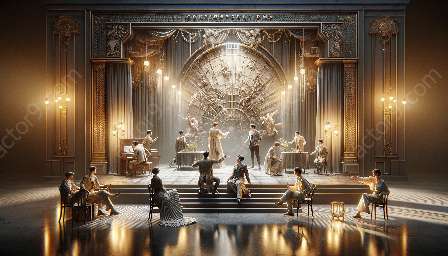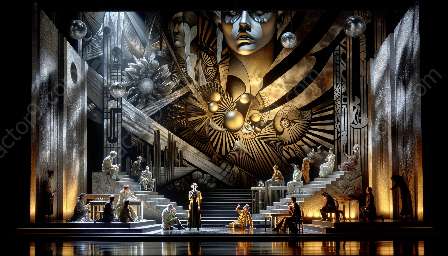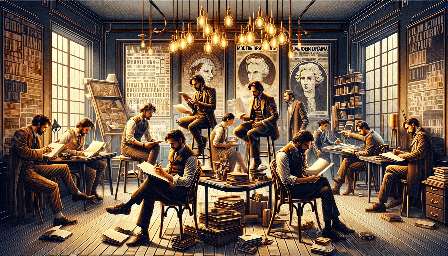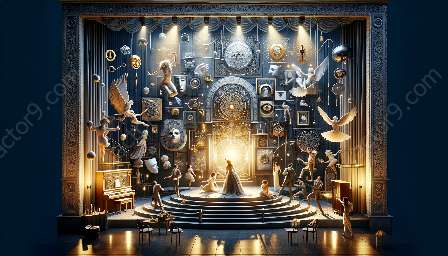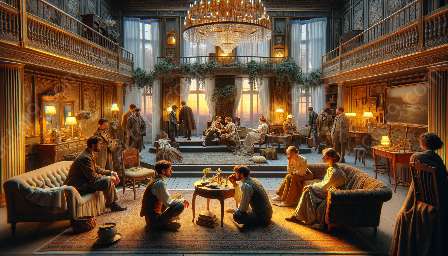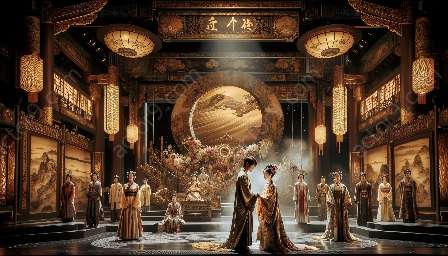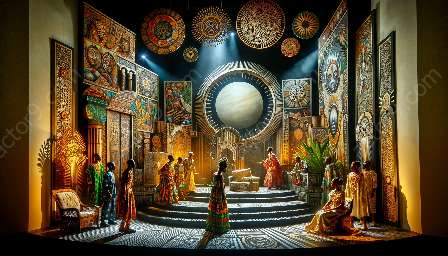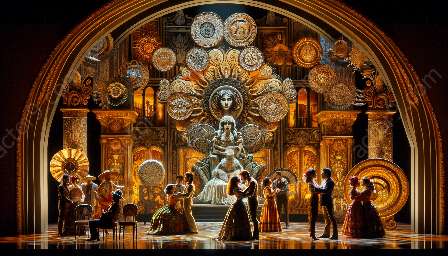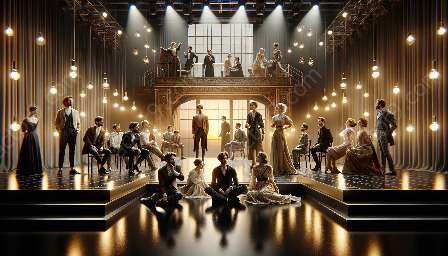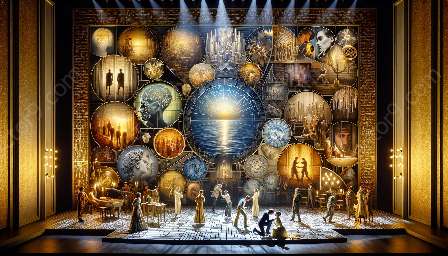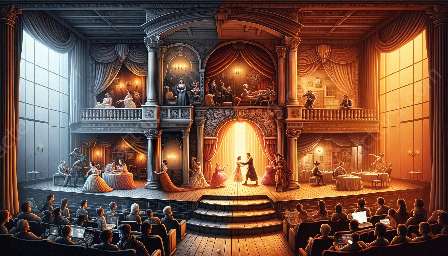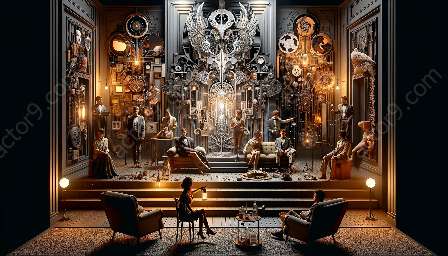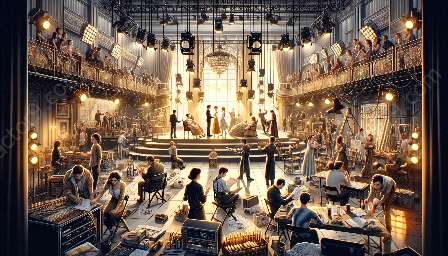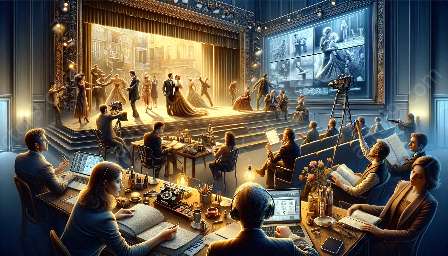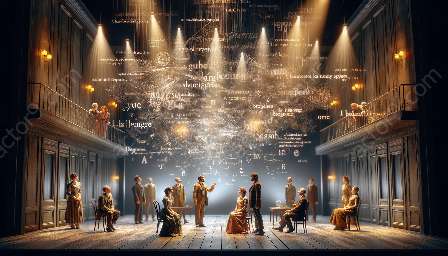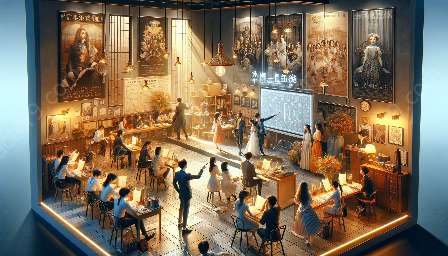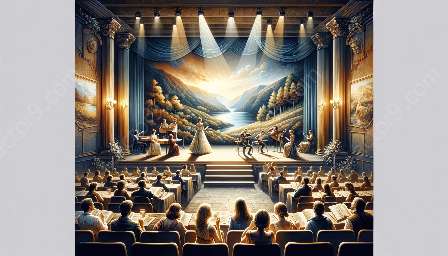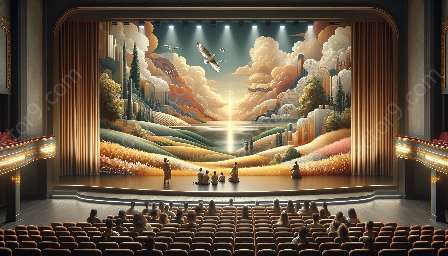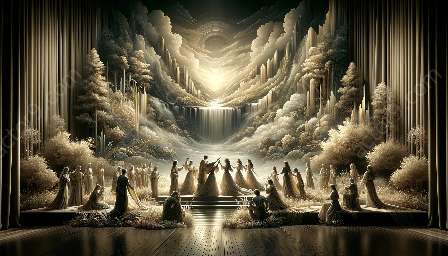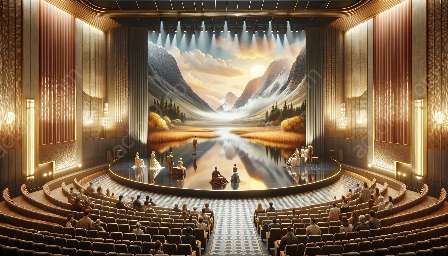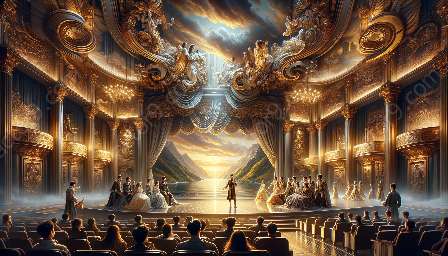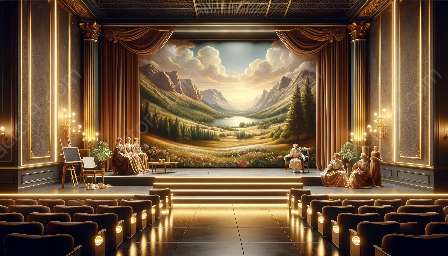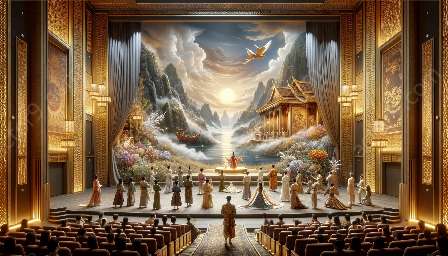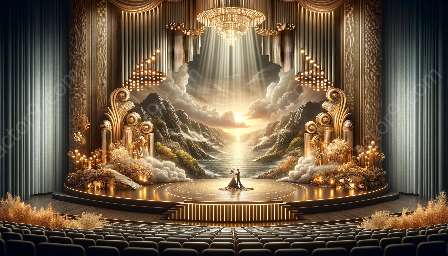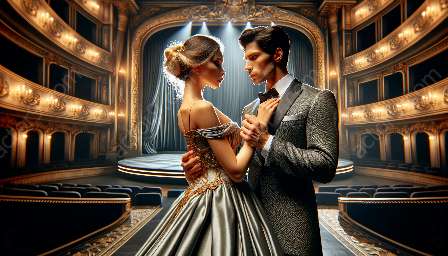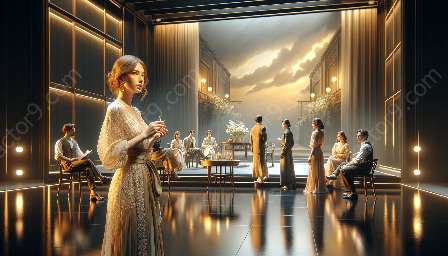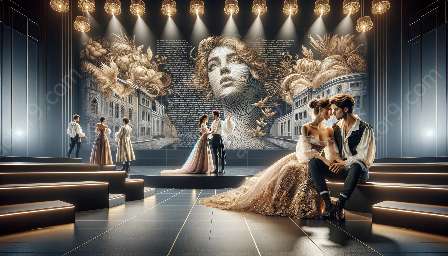The intersection of diversity in modern theater is a multifaceted and crucial aspect of the contemporary performing arts landscape. In this comprehensive topic cluster, we will explore the significance and impact of intersectionality and diversity in modern theater, considering its compatibility with the methods of modern acting and modern drama.
Understanding Intersectionality and Diversity in Theater
Firstly, it is essential to comprehend the concepts of intersectionality and diversity in the context of theater. Intersectionality refers to the interconnected nature of social categorizations such as race, gender, and class as they apply to a given individual or group, regarded as creating overlapping and interdependent systems of discrimination or disadvantage. On the other hand, diversity encompasses the representation and inclusion of individuals from various backgrounds, cultures, and identities within a particular setting, in this case, the theater.
Impact and Relevance of Diversity in Modern Theater
The representation of diverse voices and experiences on stage is paramount in modern theater. As society becomes increasingly diverse, it is imperative that the stories portrayed in theater reflect this diversity. By incorporating a range of perspectives, modern theater not only becomes more inclusive, but it also becomes more relevant and resonant to audiences from different backgrounds. It allows for a more nuanced exploration of social issues, cultural dynamics, and human experiences, ultimately enriching the theatrical landscape.
Intersectionality and Its Influence on Modern Acting Methods
The concept of intersectionality has a profound impact on modern acting methods. Actors are encouraged to recognize and embody characters with a deeper understanding of the intersecting identities and experiences that shape their personalities, motivations, and interactions. This requires a more empathetic and layered approach to portraying characters, breaking away from traditional stereotypes and broadening the scope of representation on stage. Through such an approach, modern acting methods strive to authentically capture the complexity of human experiences, thereby enhancing the quality and depth of theatrical performances.
Interconnection with Modern Drama
Modern drama, with its emphasis on contemporary storytelling and exploration of societal issues, naturally aligns with the principles of intersectionality and diversity. As playwrights and directors seek to create compelling narratives that mirror the complexities of the modern world, the incorporation of diverse characters and perspectives becomes integral to the authenticity and relevance of modern dramatic works. The interconnection between modern drama and the exploration of diversity in theater fosters a dynamic and inclusive theatrical environment that engages both artists and audiences alike.
Embracing Diversity for the Future
In conclusion, the intersection of diversity in modern theater holds significant relevance and impact in the realms of modern acting and drama. Embracing diversity not only enriches the artistic expressions found on stage but also contributes to a more inclusive and representative theatrical landscape. By acknowledging the interconnectedness of identities and experiences, modern theater continues to evolve as a powerful platform for fostering empathy, understanding, and social discourse.


